One of the biggest hurdles for companies to use new technology is the change of habits and the difficulty of adaptation. By using an intuitive and easy-to-use meeting management software, your entire meeting process is simplified.
Here’s what the 3 steps will look like to prepare your paperless board meeting if you use Beeboard.
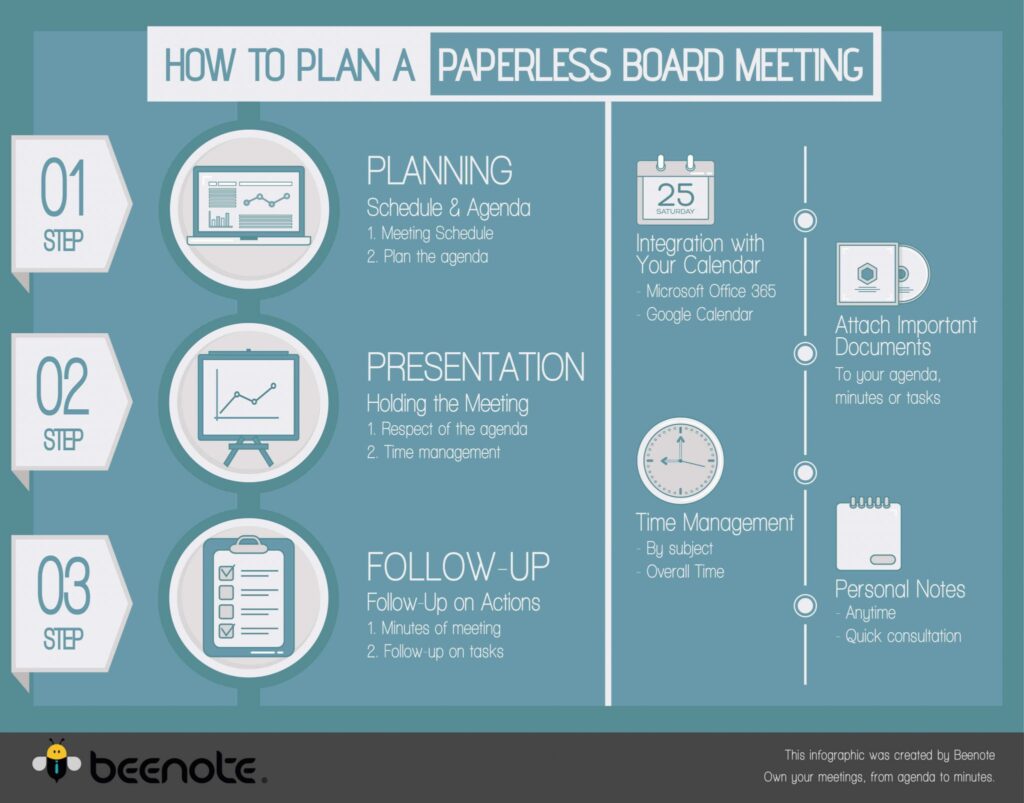
Step 1. Plan the Meeting
Meeting Schedule
Integration into your corporate calendar (Microsoft 365 or Google Calendar) allows you to quickly plan the board schedule. You can determine the time range that suits everyone at a glance. Schedule confirmation is automatically added to your calendar, including the meeting agenda, which allows you to automatically have synchronized reminder notifications to all of your technology tools.
Simplified and Structured Agenda
THE most important document for a successful board meeting is the agenda. It is this document that will allow you to follow the topics and reach your overall meeting goal. This document is even more effective when it is in virtual mode!
With this well-established agenda, members will be able to focus exclusively on making decisions and monitoring actions.
How to Create an Agenda Quickly?
Collaborative Writing
Determine in the first place the role of each during the meeting. Write each topic for discussion and a leader, purpose, and duration for each. You can easily include documentation from your council’s private library.
The writing can ideally be established in collaboration with all the partners to simplify the task for the leader and reduce the exchanges. If the meeting is recurrent, it is possible to make this agenda a template for future meetings.
Secure Centralized Repository
When collaborative writing is completed and approved by all, the agenda is available only to all members of this meeting via the Beenote portal. It is even possible to have consultation information from it.
Data Mobility
Secure centralized portal, Beenote allows data mobility whether with a laptop or smartphone/tablet. Members can edit, view, and take notes at the right time. In addition, with tracking changes, all have the latest version of the documents in hand to be well prepared for the meeting.
Step 2. Presente and Hold the Meeting
Holding the Meeting
When the time comes for the board of directors, each participant can follow the meeting thanks to the technological tool of his choice.
Collaborative writing to detail each subject can be done directly in Beenote. Note-taking must be done by one or several collaborators of the meeting. Each member can take his personal notes easily available afterward. This avoids external note-taking by centralizing everything in one place, in addition to eliminating the need for paper.
When a decision is made, it can be transcribed or better, saved for future consultation. In addition, the registration of the « nominator » and seconders is done quickly. You can quickly search the archives of previous meetings to find a discussion item that can help you make a decision.
Time Management
One of the major tools of Beenote is the guardian of time. It allows you to track time by subject and to be notified if it exceeds the established schedule. It may then be decided whether the ongoing discussion should be continued in a future meeting. It will be possible to park the subject in the subject register and put it back in the next order of the day.
Also, the guardian of the time is global at the meeting to know if we respect the established time or if it is exceeded.
Step 3. Follow-up of Actions
Quickly Completed the Minutes of the Meeting
If the topics were well documented during the meeting, the minutes are available immediately after the meeting or can be completed later by one or more members and will be available for future reference. (Available only to members of this meeting in the Minutes section of the Beenote portal.)
At the next meeting, the report will be a URL or PDF link that can be approved by all members.
Task Follow-Up
You can assign tasks during your meeting (they will automatically be added to the next agenda for efficient follow-up) or after your meeting. You can assign tasks to board members using Beeboard or to coworkers using Beenote. (Note that Beenote members do not have access to your documents. Beeboard is only visible to its members).
You can easily track the status of tasks and set a priority for their completion.
Paperless Board Meeting
If you use Beeboard, you will now have a paperless Board of Directors, but also the entire meeting process optimized. It will answer your needs for security, but also of accompanist to accompany you well in your governance.
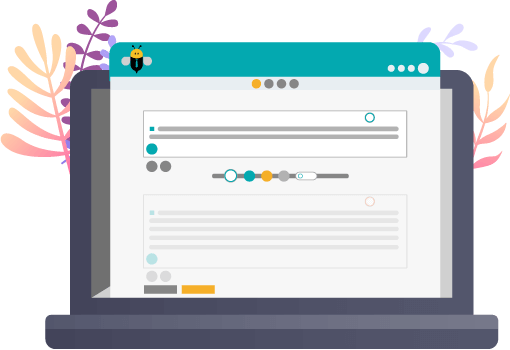





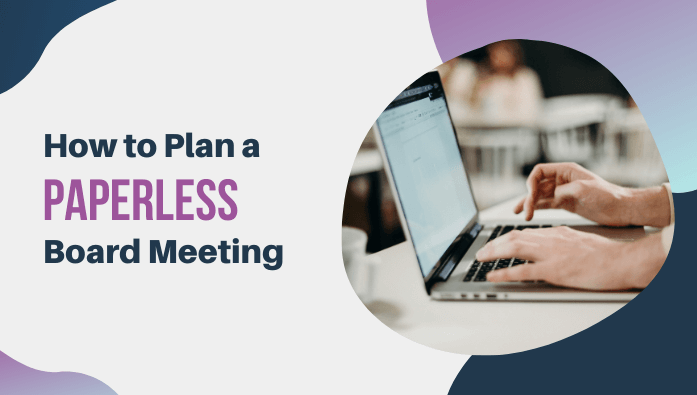


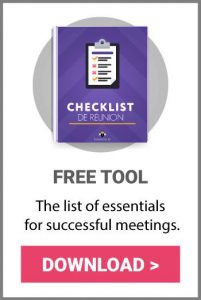
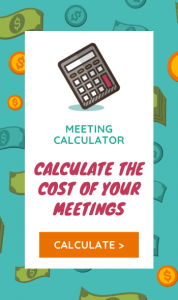
0 Comments